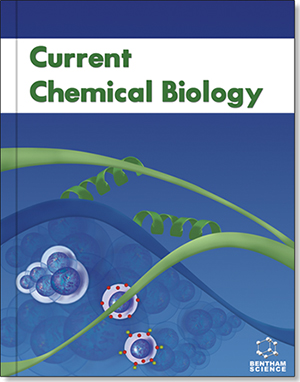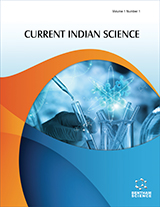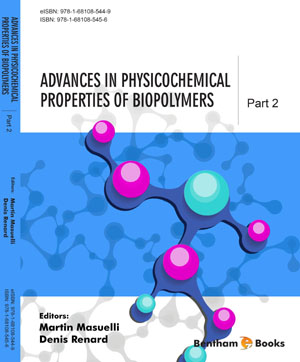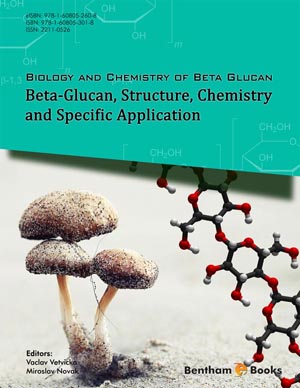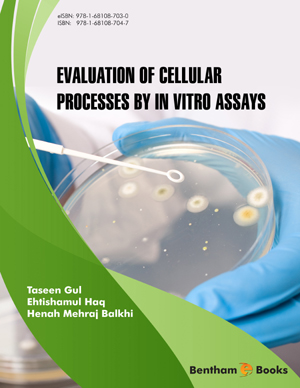Abstract
Because of their lipophilicity, organotins may become embedded at different levels in lipid bilayer. The nature of the interaction between organotin compounds and membranes has been investigated by different authors using lipid vesicles formed by phosphatidylcholines (the major component of eukaryotic membranes). It has been reported that tributyltin chloride (TBTC) and tributyltin acetate (TBTA) localize differently within the hydrophobic region of dipalmitoil phosphatidylcholine perturbing its thermotropic structural properties. Organotin compounds do not affect the macroscopic bilayer organization of phospholipids which remain lamellar but do affect the grade of hydration of its carbonyl moiety. The effect of trisubstituted organotins (TBT and triphenyltin) on membrane permeability using phospholipid model membranes has been also reported. The results indicate that triorganotin compounds are able to transport organic anions across phospholipid bilayers by exchange diffusion with chloride. The effects of cholesterol on reducing membrane permeability were also well established. The interaction of organotin compounds with biological (real) membranes has been mainly investigated using erythrocytes as membrane target. The ability of organotin compounds to cause hemolysis of human and other erythrocyte species has been described to be very different depending on species and cell aging.

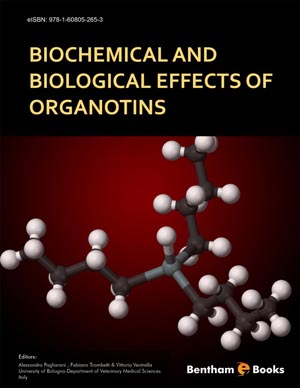
 Download PDF Flyer
Download PDF Flyer
